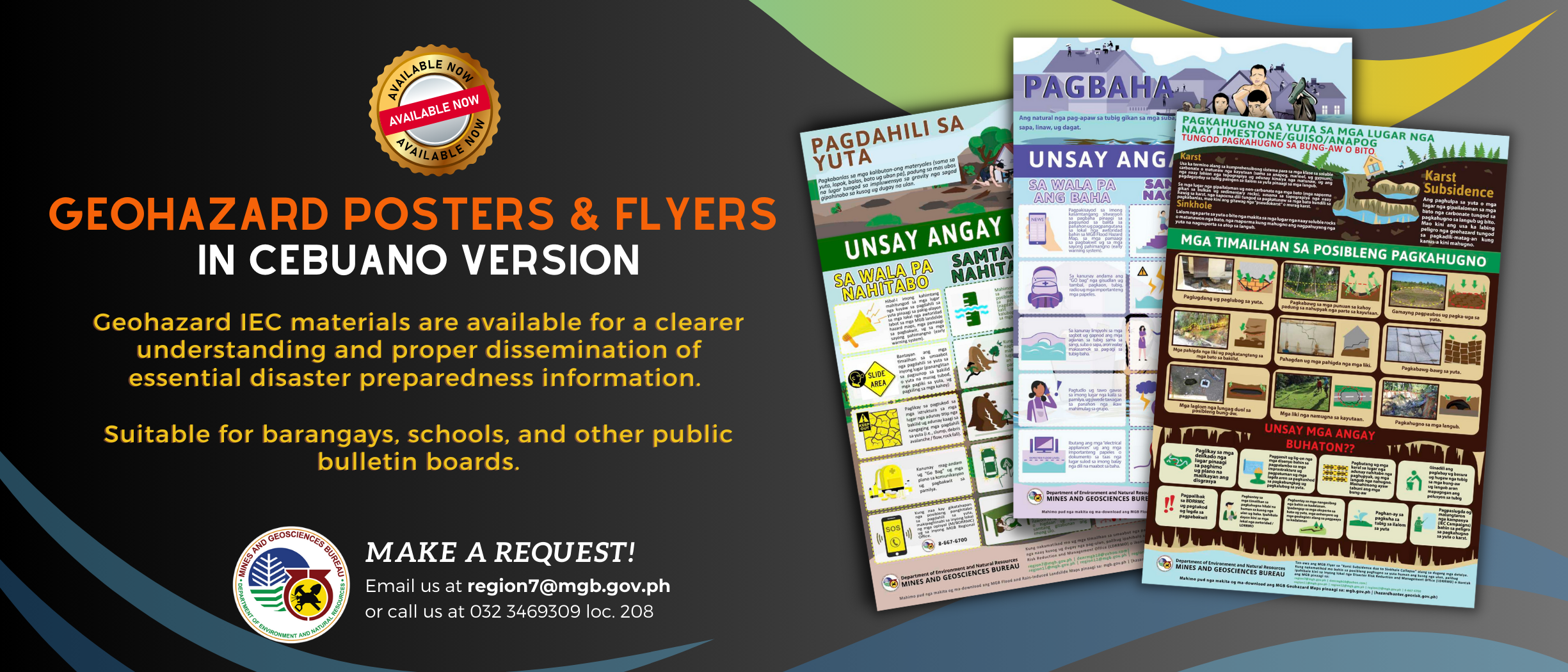Some 74 barangays in Cebu covering one city and a municipality are up for a four-week geohazard assessment and mapping using a scale of 1:10,000 from September 10 to October 5.
Mines and Geosciences Bureau (MGB) 7 Regional Director Loreto B. Alburo said the scale will indicate more details of the area covered by the map which may include the specific physical characteristics or environment.
A team of senior geologists composed of Maria Elena S. Lupo and Josephine T. Aleta will be determining the vulnerability of each sitio or “purok” in a barangay to landslides and flooding.
Among the important information that can be revealed in a 1:10,000-scale geohazard map include parameters or features in the area that may affect ground stability and the type of landslides or flooding that can possibly occur in the area.
The 2-member team will also identify into sites in a barangay where relocation or evacuation areas may be possible when disasters occur.
Alburo said priority in the projects includes 20 barangays in San Fernando and 54 remaining barangays in Cebu City.
The 1:10,000-scale geohazard map is expected to be completed in 2014.
“We are heightening our information campaign on these barangays as our geologists will discuss with the local government units (LGUs) on the findings and recommendations immediately after the assessment,” he added.
“The assessment team will then be issuing appropriate warnings and geohazards advisories to be received by any barangay official so that they can begin with initiating measures to reduce possible impacts or effects of these geological hazards,” Alburo explained.
Alburo articulated that geohazard maps, which has become an important tool in disaster risk reduction and management.
“We are now embracing a “new normal” when it comes to the volume of rains being dumped and we would like to respond to that by providing our local communities with a rain-induced geohazards map,” Alburo concluded.






